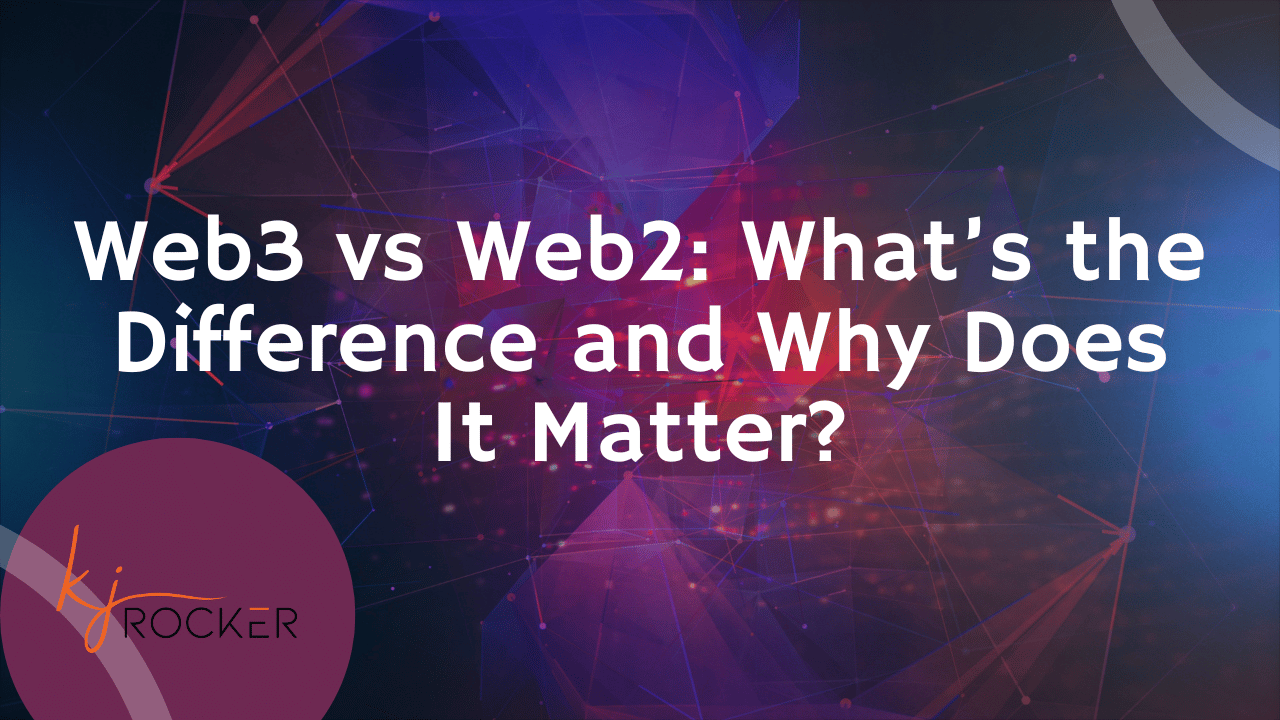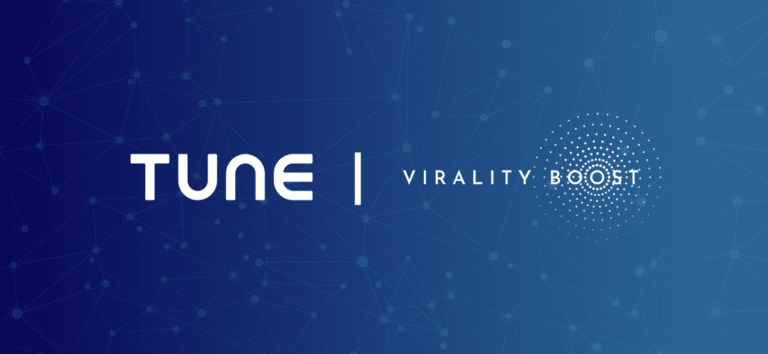Last updated on October 21st, 2022 at 08:48 pm
There have been a lot of talks lately about the switch to web3. But what is it, exactly? And why does it matter? In this blog post, we will explain the difference between web2 and web3 and discuss why the switch to web3 is so essential.
Web2 is the current version of the World Wide Web. It is a system that relies on centralization, meaning that there are a few key players who control the flow of information. These central authorities can censor or delete content, and they can also track and sell user data.
So why does this switch from web2 to web3 matter? Well, for one thing, it gives users more control over their data. No longer will central authorities be able to track and sell user data, For example, the way Google, Facebook, and many other companies do now. And because web3 is more secure, it will be much more difficult for hackers to steal user data.
In short, switching to web3 is a positive development for users and businesses. It gives users more control over their data, making it harder for criminals to steal that data. For businesses, it provides a more secure environment in which to operate.
Web3 vs Web2 What’s the Difference
The internet has come a long way since its inception in the early 1990s. The internet initially had static websites and pages for information and resources. However, over time, the internet has become increasingly visual and interactive, with the rise of sites like YouTube, Facebook, and Instagram. This shift is often referred to as the move from web2 to web3. While web2 was focused on information sharing, web3 is focused on connection and collaboration. With web3, users are no longer passively consuming content; they actively participate in online communities and create their own content. This shift has important implications for businesses and individuals alike. For businesses, traditional marketing techniques are less effective than they once were. Consumers are no longer willing to sit back and be bombarded with marketing messages; they want to be involved in the conversation. And for individuals, it means we have more control over our online identities than ever before. We can curate our content and connect with like-minded people from all over the world. In short, web3 is a more democratic and decentralized internet that puts users in control.
What is Web3, and what are its key features compared to Web2?
Web3 is the third generation of the World Wide Web, characterized by increased decentralization, data ownership, and privacy. In contrast to Web2, which is dominated by centralization and intermediaries, Web3 enables users to interact directly with each other and control their data.
Key features of Web3 include decentralized applications (dApps), distributed ledgers (such as blockchain), and virtual currencies (such as Bitcoin). These technologies provide a more secure and efficient way of conducting transactions and managing data. With Web3, there is no need for third-party intermediaries, which reduces costs and makes it possible to conduct transactions without revealing personal information. In addition, because dApps are built on decentralized infrastructure, they are more resistant to censorship and fraud.
DAPS or Decentralized applications run on a blockchain network instead of relying on a single computer.
Finally, virtual currencies allow users to send and receive payments without needing a bank or other financial institution. This makes it possible to conduct transactions without revealing personal information or paying transaction fees.
How does the development of Web3 benefit users and businesses and why should they invest in it now?
When it comes to the internet, we are currently in the midst of a major shift. The development of Web 3.0 is set to change the way we interact with the internet and digital devices forever. Here’s everything you need to know about Web 3.0 and why it matters for users and businesses alike.
The most significant difference between Web 3.0 and the internet as we know it today is that Web 3.0 is decentralized. Rather than relying on centralized servers and authorities, Web 3.0 runs on a decentralized network of computers spread across the globe. This has many advantages for both users and businesses.
For users, decentralization means greater privacy and security. For example, with no central authority controlling your data, it becomes much more challenging for hackers or government agencies to access your personal information. Decentralization also makes it possible to build new applications that were not possible before, such as peer-to-peer marketplaces and decentralized social networks.
For businesses, decentralization offers many advantages as well:
It can help to reduce costs by eliminating the need for central servers and infrastructure.Decentralization can help to protect businesses from data breaches and other security threats.Decentralized applications have the potential to disrupt entire industries, opening up new opportunities for businesses that are willing to embrace this new technology.
Web 3.0 is still in its early stages of development, but the potential benefits for users and businesses are already evident.
What challenges must be overcome for Web3 to reach its full potential, and how can we work together to achieve this goal?
For Web3 to reach its full potential, many challenges need to be overcome. One of the biggest challenges is the lack of standardisation. Because there is no governing body or set of standards for Web3, it can be difficult for developers to create apps and services that work together seamlessly. This lack of standardisation also makes it difficult for users to know which apps and services they can trust.
Another challenge facing Web3 is scalability. The current infrastructure is not built to handle a large number of transactions. Better infrastructure is needed if a large number of people use Web3. This scalability issue needs to be addressed before Web3 can be widely adopted.
Finally, another challenge for Web3 is security. Because Web3 is based on blockchain technology, it is secure by design. However, there have been some high-profile hacks of blockchain-based systems, which have raised concerns about the security of Web3.
Despite these challenges, there is a lot of excitement and optimism around Web3. Many people, including myself, believe that it can revolutionise how we use the internet and could profoundly impact society. If we can work together to overcome these challenges, Web3 could be transformational.
Last updated on October 21st, 2022 at 08:48 pm There have been a lot of talks lately about the switch to web3. But what is it, exactly? And why does it matter? In this blog post, we will explain the difference between web2 and web3 and discuss why the switch to web3 is so essential.



